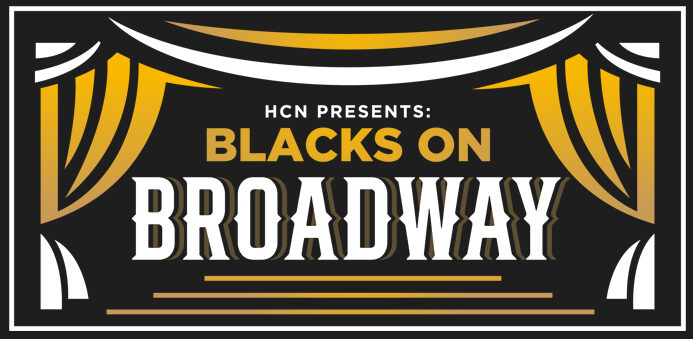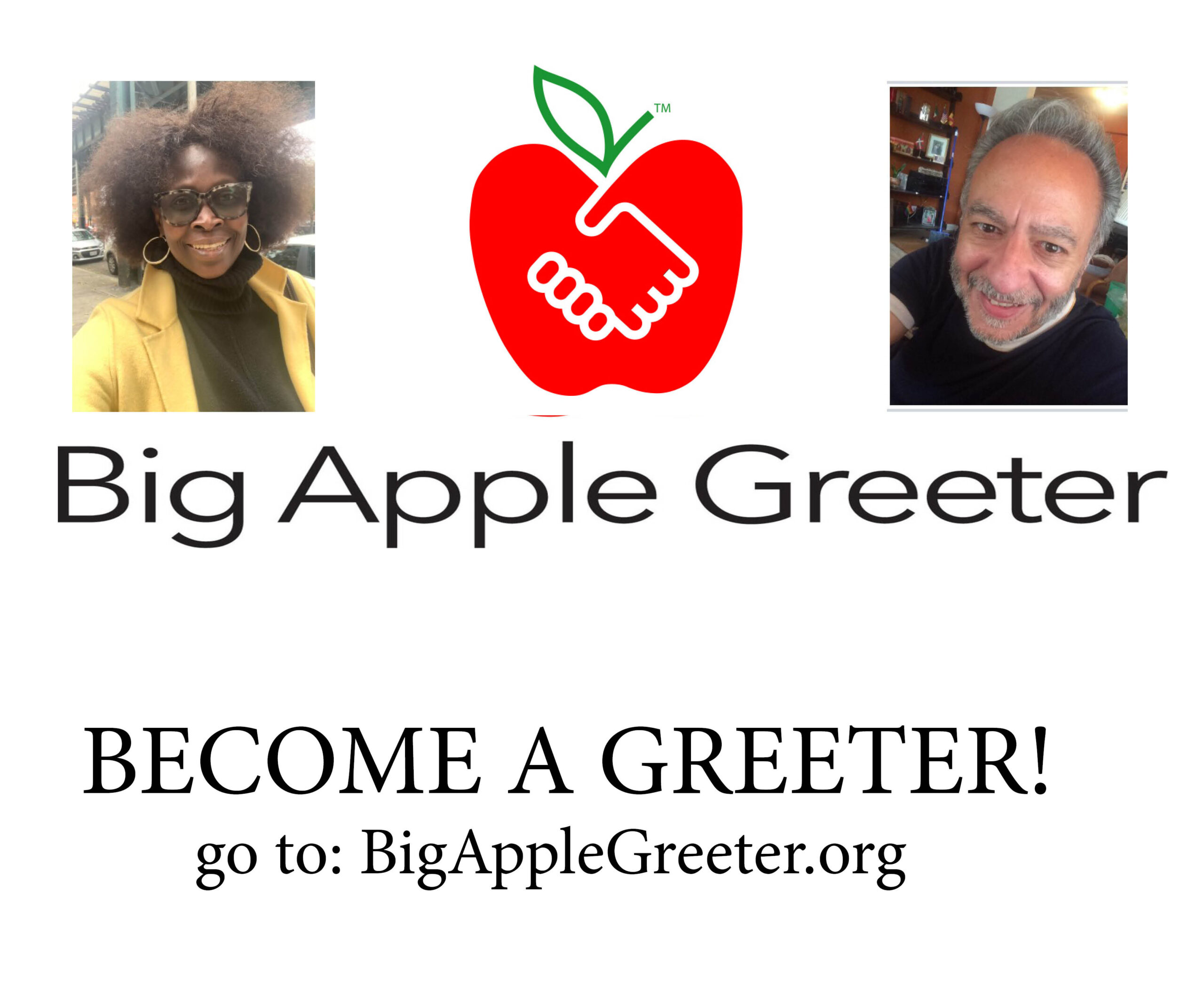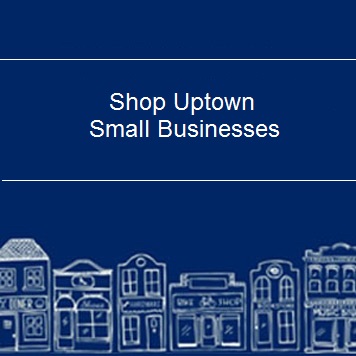Come Together And Recommit Through Kwanzaa Celebrations With Family And Friends
Categories: Articles,
Come Together And Recommit Through Kwanzaa Celebrations With Family And Friends
By Pat Stevenson
My Uncle Al was the first person to introduce me to Kwanzaa celebrations in the 1980s. I went to my first celebration in a community center in Savannah, Ga. After that, I have celebrated Kwanzaa many times with my family and friends. I have participated in celebrations in Savannah, Miami, San Francisco, and New York.
In December 2019, in Savannah, about 40 members of my family came together to celebrate Kwanzaa. We wore outfits made from African fabric. Each household contributed to our meal. The seven younger members of our family each read the seven principles of Kwanzaa. My uncle, Alphonso Greene, began the celebration with a libation ceremony with the unity cup and began a tribute to our elders; then, we all joined in reciting the names of loved ones who have passed on.
In New York, I covered the Kwanzaa celebrations that the Ferrer Family presented at the Javits Center from 1993 to 2012. Thousands attended that event annually. After 2012, Jose Ferrer continued the celebrations at Manhattan College, Hostos College, and City College. Ferrer also held a Kwanzaa Ball as part of the celebration, usually at Sheridan Hotel. The most memorable Kwanzaa Ball I remember Ferrer creating was at the United Nations. It was a fabulous black-tie event with many African diplomats in attendance. The event was co-sponsored by Ghana. Kwanzaa celebrations in the past several years were organized by Voza Ribers and the New Heritage Foundation and held at the Museum of Natural History. During the pandemic, Kwanzaa celebrations were virtual, and we seem to have not bounced back with those huge celebrations yet. However, family and friends continue to get together and celebrate.
Each day of Kwanzaa is devoted to celebrating the seven basic values of African culture or the “Nguzo Saba” which in Swahili means the seven principles. A candle is lit on each day to celebrate each one of these principles. A black candle is lit on the last day, and gifts are shared.
The classic Kwanzaa setup is a mkeka placemat with an ear of corn, fruits, and, of course, the kinara. One core tenet of Kwanzaa is giving gifts to loved ones, but why not try going all DIY with it? “You give handmade gifts, really personal gifts, something that you can make,” The ear of corn represents fertility and hope for the future through children, while the fruits are meant to symbolize both joy and the fruitful results of collective hard work. To top it off, add a unity cup to signify community. On the sixth day, the cup is filled with water, wine, or juice, and every family member takes a sip in remembrance of their ancestors and to symbolize togetherness.
Kwanzaa is about coming together and recommitment to the principles and shared love of family and community.






